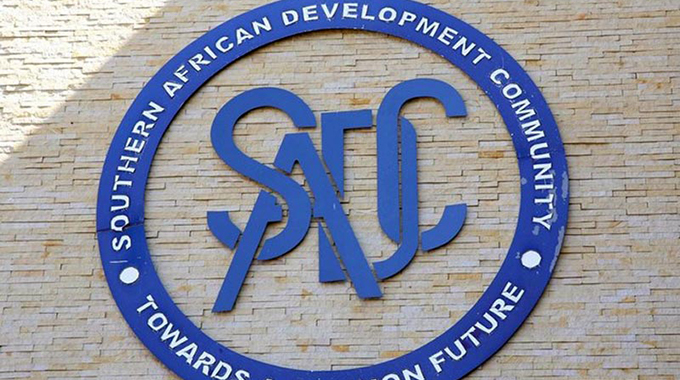Media a crucial cog in Sadc regional integration matrix

Joseph Ngwawi Correspondent
The story of regional integration in southern Africa and any other region is often one normally only understood by those who deal with the issues on a daily basis.
In most instances, the majority of the citizens of the Southern African Development Community (SADC) are often clueless about the work of this regional organisation and the results of its regional integration efforts.
The only time many of the citizens get to hear about the organisation is when their leaders leave for the SADC summit in another country.
However, there is much more to SADC than those travels and the endless meetings that the heads of state and government of the 16 member states attend.
SADC is much more than a club of the leaders and neither are its meetings mere talk shows.
A lot has been achieved with respect to the SADC regional integration agenda, but that narrative still remains largely untold.
This is where the role of the media comes in. Every year SADC organises annual awards where it honours those journalists who would have excelled during the past year in highlighting the successes, challenges and other developments in the region.
Launched in 1996, the main objective of the annual SADC Media Awards is to promote regional integration through information dissemination as well as to promote journalism excellence in the region.
The journalists are judged under the four categories of print journalism, radio journalism, television journalism and photo-journalism.
The 2018 SADC Media Award winners were presented with their prizes by outgoing SADC chairperson, South African President Cyril Ramaphosa on August 17 during the 38th SADC Summit held in Windhoek, Namibia.
The print category was won by Calvaniah Morwadi Kgautlhe from Botswana for her article which highlights some of the benefits and opportunities of developing the Trans-Kalahari Corridor that involves three SADC countries namely Botswana, Namibia and South Africa.
Another Botswana journalist, Onalenna Dianah Dube received the radio category prize with an entry that documents some of the successes achieved by SADC in addressing human trafficking.
The award for the television category was won by Sheikh Muhammad Abdel Azeem Baulacky from Mauritius for his documentary that focuses on how Mauritius and Seychelles are working together in the first ever partnership for sharing of seabed-resources.
Emmah Nakapizye from Zambia received the photo journalism award after her entry on cross-border at various border points in Zambia was judged to be the best among all entries.
However, as the outgoing chairperson of the Regional Adjudication Committee for the media awards, Livhuwani Mutshatshi would testify, it is not easy to tell the SADC story.
Regional journalists face a number of challenges in their quest to get the SADC regional integration story out.
“Chief among these is the lack of access to adequate information on the status of SADC projects or programmes,” Mutshatshi said.
Noting that the stories that the journalists write is “as good as the information we get”, Mutshatshi said there is usually limited information provided by either SADC officials or government officials from the various member states.
“My challenge, therefore, is for the creation of open lines of communication between the media and government officials at member state level or between the media and the SADC Secretariat,” she said.
Similarly, the information provided is usually not in accessible language and is usually in technical jargon “that only economists and other specialists would understand and is not easy to interpret”.
“We owe it to the more than 300 million people in our region to explain what exactly it is that our governments are doing at the regional level.
“To the ordinary person in South Africa, Angola, Malawi, Tanzania or Zambia, talk about the Regional Indicative Strategic Development Plan or the SADC Industrialisation Strategy and Roadmap is all high-sounding terminology that does not resonate with their aspirations or expectations,” she said.
The official called on SADC and member state governments to adopt a number of measures that would promote greater visibility for SADC programmes and activities.
These include the introduction of familiarisation tours to showcase progress on some of the programmes or projects being implemented.
“For instance, journalists could be taken on tour of the Kazungula Border Project in order to appreciate what it is that the region is trying to achieve.
This would go a long way in facilitating the media’s role as a SADC partner for awareness raising.”
Another measure is the introduction of regular briefings or update reports on the various regional programmes and activities as a way of bridging the gap between the regional body and the media.
“Such regular updates would ensure that the media across the region is kept abreast of the status of programmes and projects implemented at the regional level,” she said.
In addition, she called for a sustained training programme for journalists from the region.
This is crucial in building that critical mass of journalists who are knowledgeable about SADC regional integration issues. – sardc.net










Comments